Mount Zion Institute – the old school is an imposing edifice just off of the main street of Winnsboro, South Carolina. I had visited the old school several times over the past few years, most recently a year ago on our 2015 MLK Weekend Ramble. Over the past two days I’ve been granted rare access to interior of the building and was able to photograph it extensively. I’ve also made some wonderful new friends in Winnsboro and at the Fairfield County Museum.
This story has it’s unlikely origins at the Pickens County Flea Market. Wait. Check that. It actually begins in the ghost town of Shelton in Fairfield County, and the nearby Shivar Springs Bottling Company. In 2011 my sister Glynda had joined me for an exploration of Eastern Fairfield County. On that trip we drove past the old Shivar Springs cisterns, located between Shelton and Clayton Depot. I had visited these before, and wanted Glynda to see them. The cisterns are on the National Register of Historic Places.
Later that summer we were at the Pickens County Flea market when we came across a vendor with a complete set of bottles from Shivar in a wooden crate. Both the bottles and the crate were stamped with the name of the company. Glynda’s plan was to use the bottles as vases at her daughter Katie’s wedding later that September. I took photos of the bottles, and was later contacted by a USC historian about using those photos in an oral history of the old bottling company.
In 2013 the bottle vendor was back at the Pickens Flea Market, and he had another crate of Shivar bottles. I bought them.
The bottles sat at our house for the next couple of years. I was afraid something was going to happen to them, and we didn’t really have a good place to store or display them. I came up with the idea of donating them to the Fairfield County Museum in Winnsboro.
Before Christmas I sent an e-mail to the museum, and heard back from Pelham Lyles, the museum’s director. She was excited to hear about the bottles, and was more than willing to accept our donation. We couldn’t work out a time to meet for Christmas, so we decided to postpone the exchange until after the holidays.
Earlier this week I contacted Pelham again to set up an exchange. In that message I mentioned reading about her crusade to save the old Mount Zion Institute on Facebook, and asked if there was a possibility of visiting the site and touring the interior. As it turns out, I wasn’t the only one interested in the school. Facebook friends and photographers Pete Lawrence and Bennie Brawley had also contacted Pelham about a visit. Pelham said that Pete and Bennie would be coming down on Thursday, and asked if I would be available to join them at that time. I jumped at the chance.
Sadly, things didn’t quite work out. The first problem was the weather. Rain was predicted for all day Thursday, and it wouldn’t be ideal for photography. Even so, I figured interior shots would be fine. I headed on out early, stopping for breakfast at Bill and Fran’s before heading on over to Winnsboro. The idea was to meet Bennie and Pete at the school, and later we would be joined by someone from the Friends of Mount Zion Institute (FOMZI) who would let us into the building. We would then head over to the museum where I would drop off the bottles.
I got to the school with clouds obscuring the morning sun. There was no one else around. I poked around a bit, taking a few external shots and experimenting with an optically clear sphere I’d brought along. There had already been some changes since my last visit. Most of the windows of the main building had been replaced, and there was a new circular walking path in the field in front of the school.
The back side of the building and the teacherage didn’t look like they were in as good shape, though. Another outbuilding had part of the roof collapsing.
As I was taking photos I got a call from Pelham that the tour had been delayed. Bennie and Pete would not be coming today, and another meeting had been set up for Friday. I was a bit irritated, having made a drive all the way down from Greenville, and just now finding out it was for naught. Oh well. I still had some time before my meeting with Pelham, so I decided to drive around the town a bit.
Winnsboro is hurting. There’s no two ways about it. The economy seems depressed, and nothing on Main Street seems open or actually in business. The town has LOTS of historical resources and some cool things going for it, though. There’s the classic clock tower, several historic homes and churches, and a Robert Mills designed court house. There are several stunningly beautiful homes, but there is equally appalling poverty.
Yes, you can find contrasts like these in just about any southern town. I don’t know if it was the threat of rain casting a pall over everything, but the contrasts between rich and poor seemed more pronounced here. It doesn’t help that Winnsboro is the only town in South Carolina losing a full-sized Walmart. An abandoned Wendy’s sits in the soon-to-close parking lot. Several other businesses line a strip mall next to it, and I wondered how long they would stay open. I may have missed one, but it looks like a BiLo will be the only large grocery store left in the town. Apart from quick shops, it would be a food desert without the BiLo.
As I drove around I spotted lots of examples of the area’s signature Winnsboro Blue Granite, taken from the Anderson Quarry near Jenkinsville in Eastern Fairfield County. There were some grand stone structures, but sometimes was used in some of the most mundane places – modest homes, fence posts. It also showed up in other unusual places.
The time had come. I made my way over to the Fairfield County Museum, located in the Cathcart-Ketchin Building, a three-story Federal Styled building that served as a female academy. The building is on the National Register of Historic Places.
I walked inside and was greeted by Pelham Lyles. She introduced me to Ed Gates and together they gave me a tag-team tour of the lower level of the museum. The first room to the left included several portraits of the Feasters of Feasterville and other prominent citizens. A long dining table dominated the room.
We took my crate of bottles upstairs where they had a room set up for stores and commerce from the area. One corner was designated as the Shivar Springs area, and there were other crates and bottles from the company there, as well as paper documents and other information. It looks like my bottles originally had a paper label, now long gone. We set my crate in front of the display, and it looked like it was meant to be there.
I had Pelham and Ed pose in front of the Shivar display.
Pelham continued the tour of the commerce section. Many of these items were taken from stores in Ridgeway and other surrounding towns. Pelham was particularly proud of one recent acquisition. Ed Gates had been able to get the decorative headpiece from an old safe in a store in Blackstock, SC.
The hallway of the upstairs had the obligatory military display that every local museum seems to have. Of course, the items were unique to Fairfield County, including information on David Dubose Gaillard, and engineer on the Panama Canal.
There was also an extensive genealogy and research room on the second floor. The third floor was closed to visitors, but holds items not on display and other work areas.
I headed back downstairs and Pelham showed me the parlour area of the museum. There was a square short-keyboard piano which had been carefully restored by Tom Strange of Greenville. I was allowed ot play it a bit, and it actually played very well for such an old piano. The piano had belonged to one of Pelham’s ancestors.
Pelham also showed me an old restored sewing machine and an examplre of a dress made on that machine. There was also a store’s needle dispenser. In that room was also a trundle bed, another larger bed, and a display of jewelry, including mourning jewelry made from the deceased’s hair.
As I was taking my tour several other patrons came into the museum. One woman, whose name I can’t recall, suggested that I visit the town of Ridgeway nearby. I decided to do that.
I said my goodbyes to my new friends and walked out into a chilly rain. Even though it was raining, I decided to ride down to Ridgeway. I made a brief detour by the Railroad Museum, which was closed, and continued on my way.
Ridgeway is to the southeast of Winnsboro on the other side of I-77…10 miles and worlds away. Where Winnsboro is blighted, Ridgeway seems to thrive. The town is just off of the Interstate corridor and close enough to Columbia to serve as a bedroom community. There are no large big-box stores, but the downtown is thriving with restaurants and antique stores. I didn’t pause to take many shots since it was now raining steadily, but I go a photo of the old cotton gin and the “World’s Smallest Police Station.” This is now the former police station, but the new one right next to it isn’t much larger.
My must-see in the town is the old doorway arch – the last remains of the Ridgeway School. I’ve seen haunting photos of this door, looking like a portal to another world. Even on this rainy day it did not disappoint.
With just a quick search I couldn’t find when the school burned, but here is a photo from the SC Archives of what the school looked like. The doorway is clearly visible.
While searching for the archway I passed an interesting old wooden frame church. Ruff Chapel was built in 1873. The church and cemetery look like a great place to explore, but by this time it was dumping rain.
The weather would not improve, and it was time to head home. I was disappointed that I’d not been able to get into Mount Zion, but that was yet to come. Even so, I’d made some neat discoveries, but, more importantly, I had made some new friends and excellent contacts in the area. Pelham and Ed had said that they could get me into some other locations I’d been dying to explore.
Next up, I finally make it into Mount Zion, and get myself embroiled in an effort to preserve the old school.




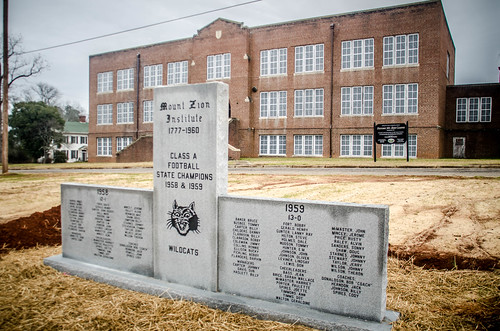
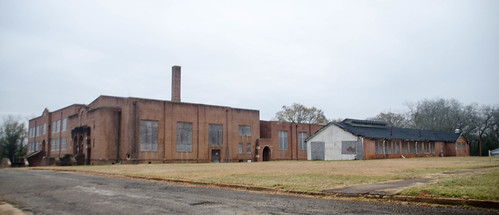


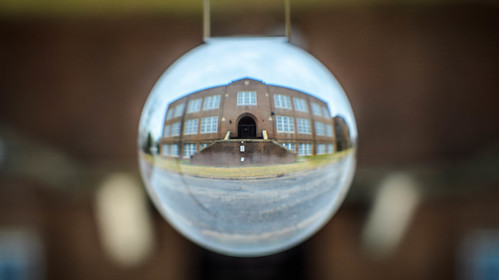
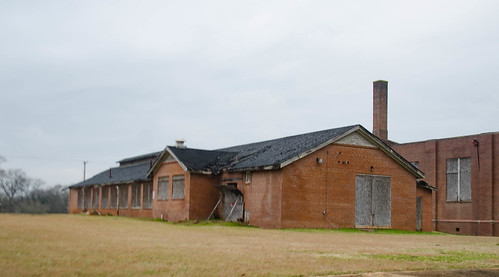








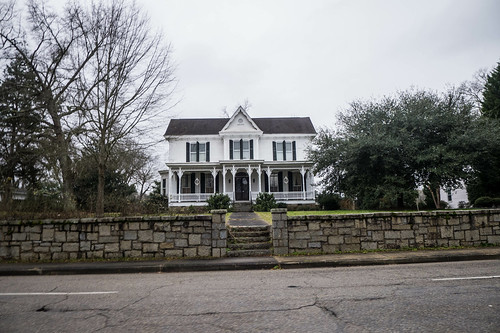








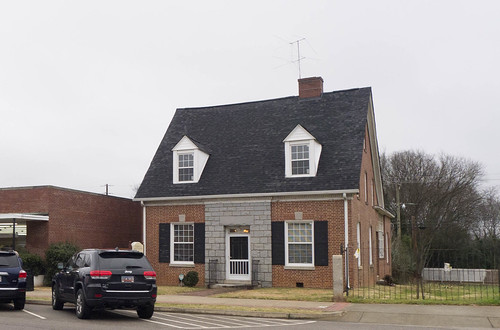



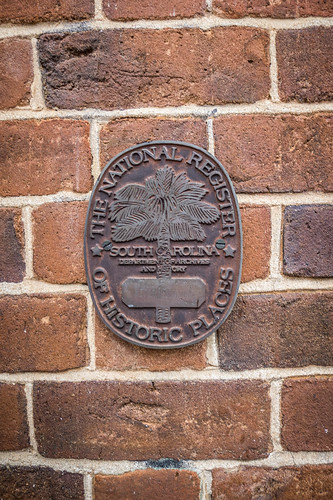









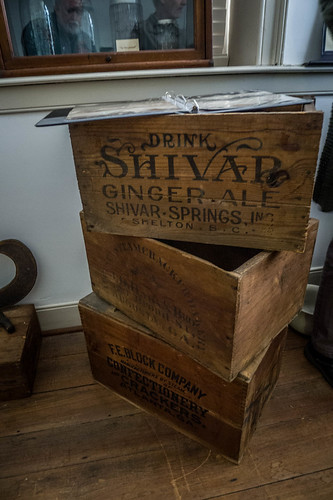



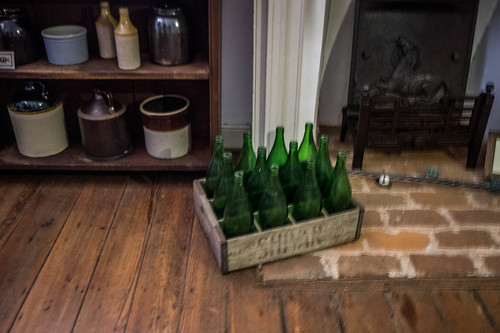












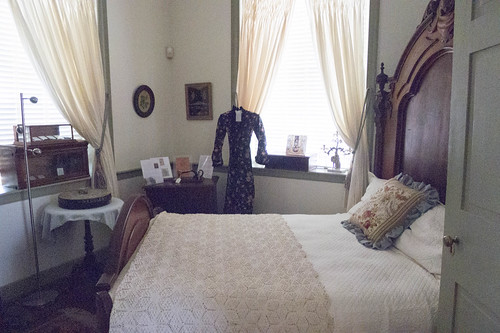





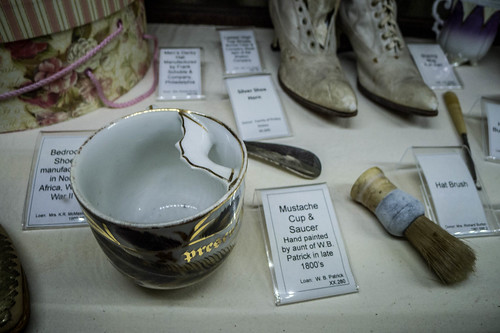
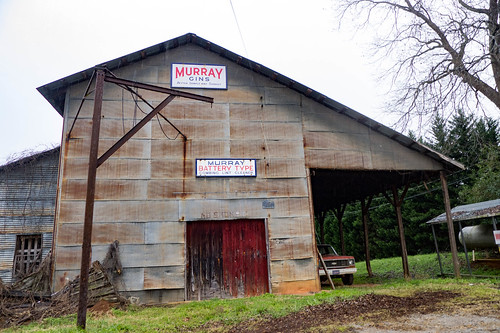
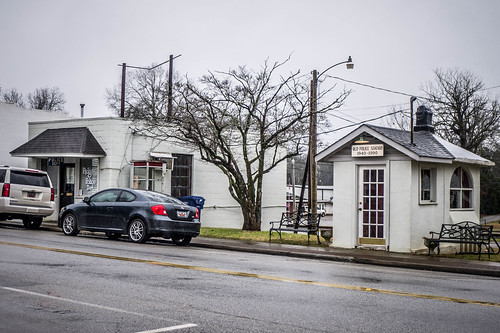





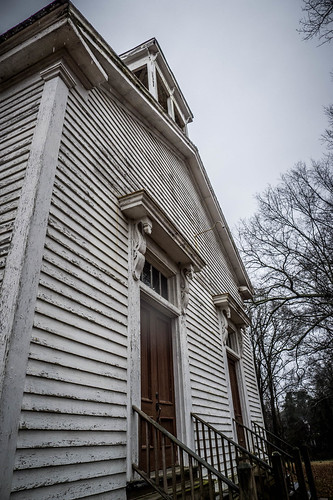
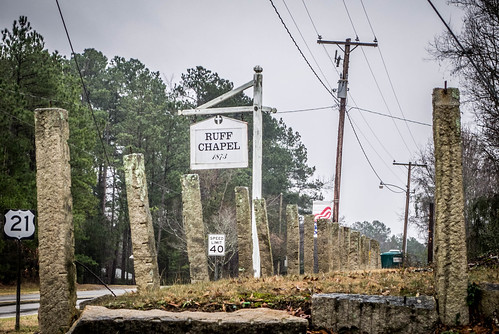

Tom,
Come back to Winnsboro as the light is beginning to dawn here. The Mt. Zion building is being repurposed for county offices and Dru Blair has started a 3-d mural on a wall next to the town clock. Slowly we are beginning to waken here. Still some sad sights (especially the Wolfe house across from the museum where Bernard Baruch spent childhood days here visiting his grandparents Saling and Isabelle Cohen Wolfe.
Ridgeway school did not burn, but was torn down.
Also note the “new” windows in Mt Zion School are not glass but plywood painted to look real. Tempory fix.
I’m from Ridgeway and my father was the last principal at Ridgeway School. (Larry Thompson)
Enjoyed your article.
Thanks for making this correction which I noticed also. I wrote Tom about the upcoming plans for the school to be re-purposed as offices for the county government. The developer is a historical buildings expert and our elected officials and administrator are very on board about it!
Great read! I’ve been going to shivar springs (the actual spring) over 30 years. I’ve found cases of bottles and a Cola that’s still filled with the original soda from Shivar Springs. Looking forward to sharing my collection with the museum someday. By the way, the mineral spring still flows strong today!